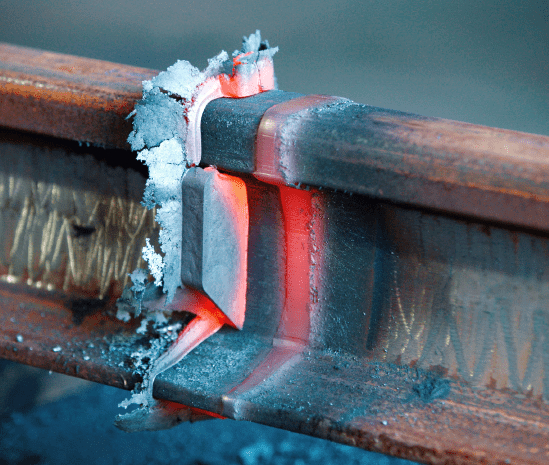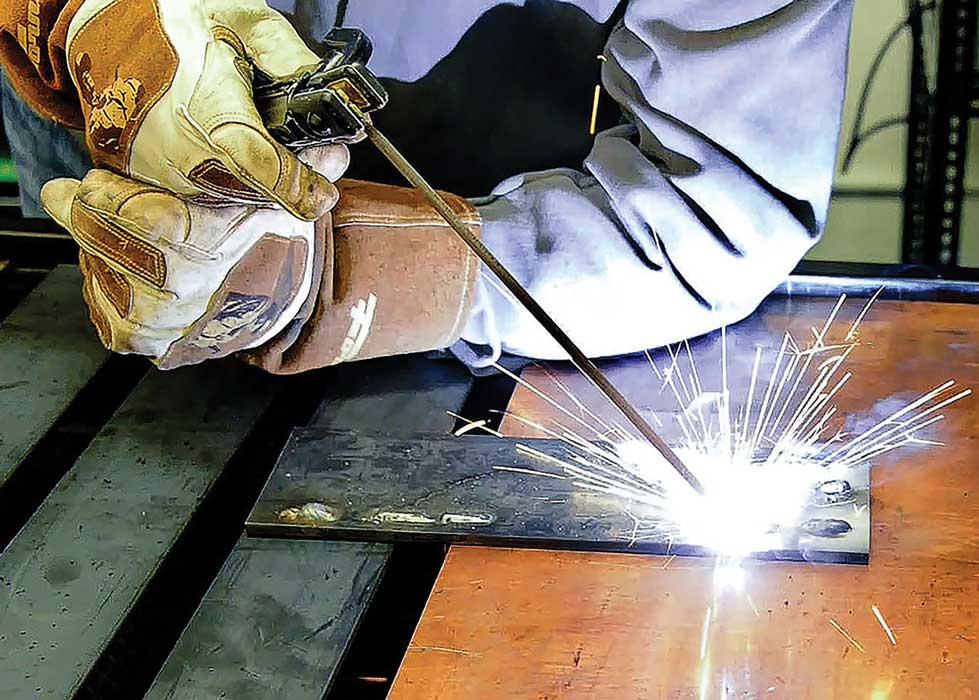Achieving Welding Quality: Introducing the Keys of WPS Implementation and Optimization
In the world of welding, accomplishing excellence is a search that rests on the precise application and optimization of Welding Treatment Specs (WPS) These fundamental documents function as the backbone of welding operations, determining the procedures and specifications necessary for generating high-quality welds regularly. Nevertheless, the tricks to opening the complete potential of WPS lie not only in understanding its significance yet likewise in understanding the ins and outs of its implementation and optimization. By delving right into the crucial elements, strategies, obstacles, and best practices linked with WPS, a globe of welding quality awaits those who agree to discover its midsts.
Significance of WPS in Welding
The Relevance of Welding Treatment Specifications (WPS) in the welding sector can not be overemphasized, functioning as the foundation for ensuring consistency, top quality, and safety and security in welding procedures. A WPS supplies comprehensive instructions on how welding is to be lugged out, including crucial variables such as products, welding processes, joint layout, filler metals, interpass and preheat temperatures, welding currents, voltages, traveling speeds, and much more. By adhering to a well-defined WPS, welders can preserve harmony in their job, causing consistent weld quality throughout various projects.

Crucial Element of WPS
Reviewing the indispensable elements of a welding treatment specification (WPS) is crucial for comprehending its duty in welding procedures. A comprehensive WPS consists of several crucial elements that assist welders in attaining high quality and uniformity in their work. One vital facet of a WPS is the welding process specification, which describes the details welding procedures to be made use of, such as gas tungsten arc welding (GTAW) or protected steel arc welding (SMAW) In addition, the WPS consists of details on the welding products, such as the type and specs of the base steel and filler steel to be utilized. The WPS additionally defines important variables like welding parameters, interpass and preheat temperature level requirements, and post-weld warmth treatment procedures. Furthermore, it includes information on joint layout, fit-up, and any type of special techniques or precautions required for the welding procedure. By incorporating these vital elements into the WPS, welding treatments can be standard, ensuring high quality, performance, and safety and security in welding procedures.
Methods for WPS Optimization

Second of all, training and credentials of welding workers according to the details needs of the WPS is vital. Offering comprehensive training programs and making sure that welders are accredited to execute treatments detailed in the WPS can lead to better welds and lowered rework.
In addition, leveraging innovation such as welding software and monitoring systems can assist in optimizing WPS. These tools can help in tracking variables, making certain criteria are within specified restrictions, and providing real-time feedback to welders, enabling them to make immediate adjustments for boosted weld high quality.
Common Challenges and Solutions
Facing challenges in executing the strategies for WPS optimization can prevent welding procedures' efficiency and quality. One typical difficulty is inadequate training or understanding of the welding treatment specifications (WPS) amongst the welding team. This can result in inappropriate implementation of welds, causing problems and remodel. To resolve this, detailed training programs should be implemented to make sure that all welders are proficient in using and interpreting WPS properly.
An additional challenge is the lack of appropriate documents and record-keeping, which is necessary for WPS optimization. Without clear documents of welding criteria, products utilized, and inspection results, it comes to be challenging to recognize areas for enhancement and make certain uniformity my link in welding procedures. Carrying out a durable documentation system, such as electronic welding management software application, can aid enhance record-keeping and facilitate information evaluation for constant renovation.
In addition, irregular welding equipment calibration and upkeep can posture a significant challenge to WPS optimization. Normal equipment checks, calibration, and maintenance timetables ought to be complied with purely to make certain that welding parameters are accurately regulated and kept within the defined tolerances (welding WPS). By resolving these usual challenges with positive remedies, welding operations can boost efficiency, top quality, and overall welding excellence
Ideal Practices for WPS Implementation
To guarantee effective WPS execution in welding procedures, adherence to sector standards and careful attention to information are click for more critical. When initiating WPS application, it is critical to start by completely recognizing the certain welding requirements of the project. This involves a detailed evaluation of the welding treatment requirements, products to be bonded, and the environmental problems in which the welding will certainly take area.
Once the requirements are clear, the next action is to choose the suitable welding procedure that aligns with these specs. This involves speaking with the relevant codes and requirements, such as those given by the American Welding Society (AWS) or the International Company for Standardization (ISO), to go to this website make certain compliance and top quality.
Additionally, documenting the whole WPS application process is essential for traceability and high quality control. Comprehensive documents must be maintained relating to welding specifications, product preparation, interpass and preheat temperature levels, welding consumables used, and any kind of inconsistencies from the original treatment. Routine audits and testimonials of the WPS can help recognize locations for renovation and guarantee ongoing optimization of the welding process.


Conclusion
To conclude, the application and optimization of Welding Procedure Requirements (WPS) is critical for accomplishing welding excellence. By comprehending the essential components of WPS, applying reliable strategies for optimization, dealing with common challenges, and adhering to best methods, welders can guarantee high-quality welds and risk-free working conditions. It is important for specialists in the welding sector to prioritize the appropriate implementation of WPS to enhance overall welding efficiency and accomplish desired end results.
The Significance of Welding Procedure Specs (WPS) in the welding industry can not be overstated, offering as the backbone for ensuring uniformity, top quality, and safety in welding operations. A WPS provides thorough instructions on just how welding is to be brought out, consisting of vital variables such as materials, welding procedures, joint style, filler steels, preheat and interpass temperature levels, welding currents, voltages, travel rates, and a lot more. One essential aspect of a WPS is the welding procedure spec, which lays out the details welding procedures to be used, such as gas tungsten arc welding (GTAW) or shielded metal arc welding (SMAW) By incorporating these crucial aspects into the WPS, welding treatments can be standard, making sure high quality, efficiency, and security in welding operations.
It is essential for professionals in the welding sector to prioritize the proper application of WPS to improve general welding performance and attain desired end results.